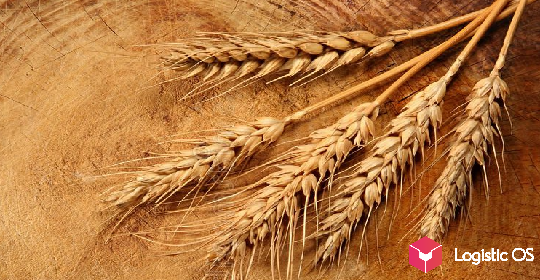Currently, export prices for wheat are rising in Russian ports, but experts do not believe that they will rise within the country as well.
Over the past week, wheat prices in deep-water ports have increased by 750 rubles per ton, to 14.5 thousand rubles.
In shallow-water ports, the rise in price also amounted to 750 rubles, up to 13.3 rubles per ton.
This, however, is still significantly less than it was a year ago. Then these prices were at the levels of 14.6-15 thousand rubles per ton.
In many ways, the growth of recent weeks is due to the fact that Russia has recently changed the mechanism for calculating export duties.
The cut-off value was increased, as a result, the duty itself decreased.
This caused the desire of exporters to raise prices, since thanks to the reduction in duties, it became possible to slightly increase their income.
It is noted that at the moment the prices for Russian wheat are about the same as for French and American: about $225 per ton.
What are the factors behind the rise in grain prices?
If we talk about world prices, they have begun to grow in recent weeks. There are several reasons for this.
Firstly, the world fears Russia’s imminent withdrawal from the Ukrainian grain deal.
Russian officials, including at the highest level, have repeatedly hinted that it could end as early as July. Then the supply of grain on the world market will be reduced.
Secondly, the weather conditions in the Scandinavian countries, where dry weather has recently been established, are causing concern.
In addition, there are problems with the future corn crop in the US, where a severe drought has erupted.
As a result of all this, the June report of the US Department of Agriculture was generally negative, forecasts for grain production turned out to be worsened in many regions of the world, as well as in general.
Will grain prices grow in Russia?
The growth of world prices will not directly cause their increase, because the export duty mechanism continues to operate.
At the same time, a small increase to 16 thousand tons per ton, which agricultural producers and exporters dream of, is still possible.
However, a slight reduction in the export duty will be offset by last year’s large harvest and large balances, which have weighed on prices so far.
If this year’s harvest turns out to be just as impressive, then it is unlikely that grain prices will show a significant increase in the foreseeable horizon, experts say.

